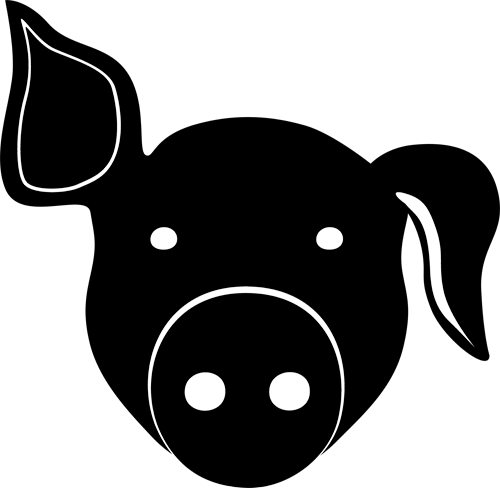
Hazel Hughes
Hazel Hughes ist eine in Großbritannien lebende Fotografin und Künstlerin, die mit vielen Krankheiten wie Diabetes vom Typ 1, Long Covid, ME/CFS, Endometriose und weiteren Krankheiten zu kämpfen hat. Ihre langen Krankenhaus-Aufenthalte und Besuche verarbeitet sie über die Kombination von Fotografie und Text, um diese Erfahrung festzuhalten. Dabei thematisiert sie Aspekte struktureller Ungerechtigkeit, Traumata, Kritik am medizinischen Establishment oder die Sicht der Gesellschaft auf chronisch Kranke.
Die gezeigten Arbeiten gehören zu einer Fotoserie, die sich mit Orten wie Krankenhäusern und deren Langzeitbewohner*innen beschäftigt, aber auch mit der Erfahrung, sich von Ort zu Ort zu bewegen und unter diesen Bedingungen etwas erschaffen zu können. Die Fotos wurden mit einer Handykamera aufgenommen und bearbeitet: eine bewusste Referenz auf die Zugänglichkeit des Mediums, aber auch eine Notwendigkeit aufgrund physischer Einschränkungen bei der Verwendung einer Kamera. Ihre Größe spiegelt symbolisch die Stellung und Sichtbarkeit chronisch kranker Menschen in der Gesellschaft wider.
Link:
Instagram
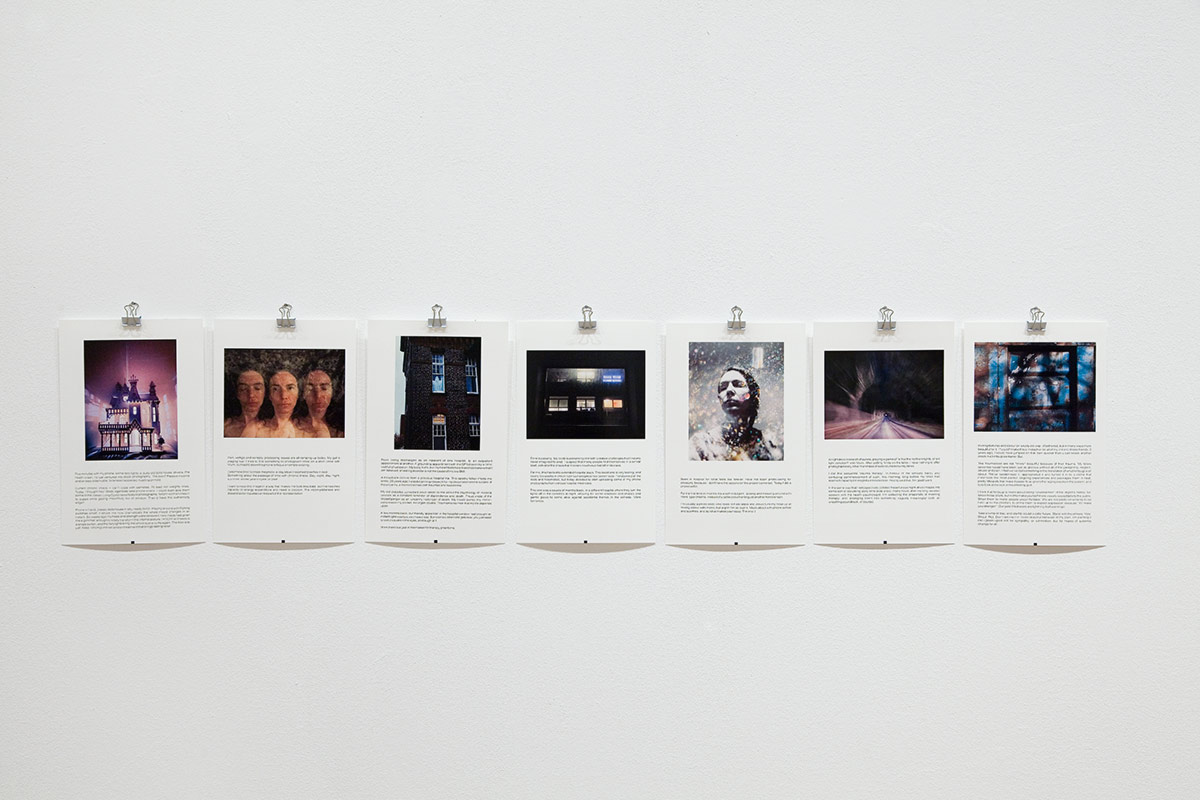
Ohne Titel
Fotografien und Texte
2020–2023
Ausstellungsansicht CRASH!
Bildgestaltung: Black Ferk Studio

Five minutes with my phone, some fairy lights, a dusty old dolls house, et voila. Pre health crash, I’d just ventured into stock photography. The plan? Passive income and an easy side hustle. Sickness happened; hustling on hold.
Current chronic chaos = can’t cope with cameras. At least not weighty ones. Today, I thought hey! Stock agencies take phone snaps. I could even give them some of the classic Long Covid news feature photographs; forlorn woman cries in to cuppa while gazing mournfully out of window. They’d have the authenticity edge?
Phone in hand, creepy dolls house in situ, ready to roll. Playing around with flicking switches on/off, it struck me how dramatically the whole mood changes in an instant. Six weeks ago my hope and strength were renewed; new meds had given me a glimmer, enough to totally transform the internal picture. I KNOW all it takes is a single switch, and the fairylights bring the whole scene to life again. The trick is to just. Keep. Moving until we land on treatment that brings lasting relief.
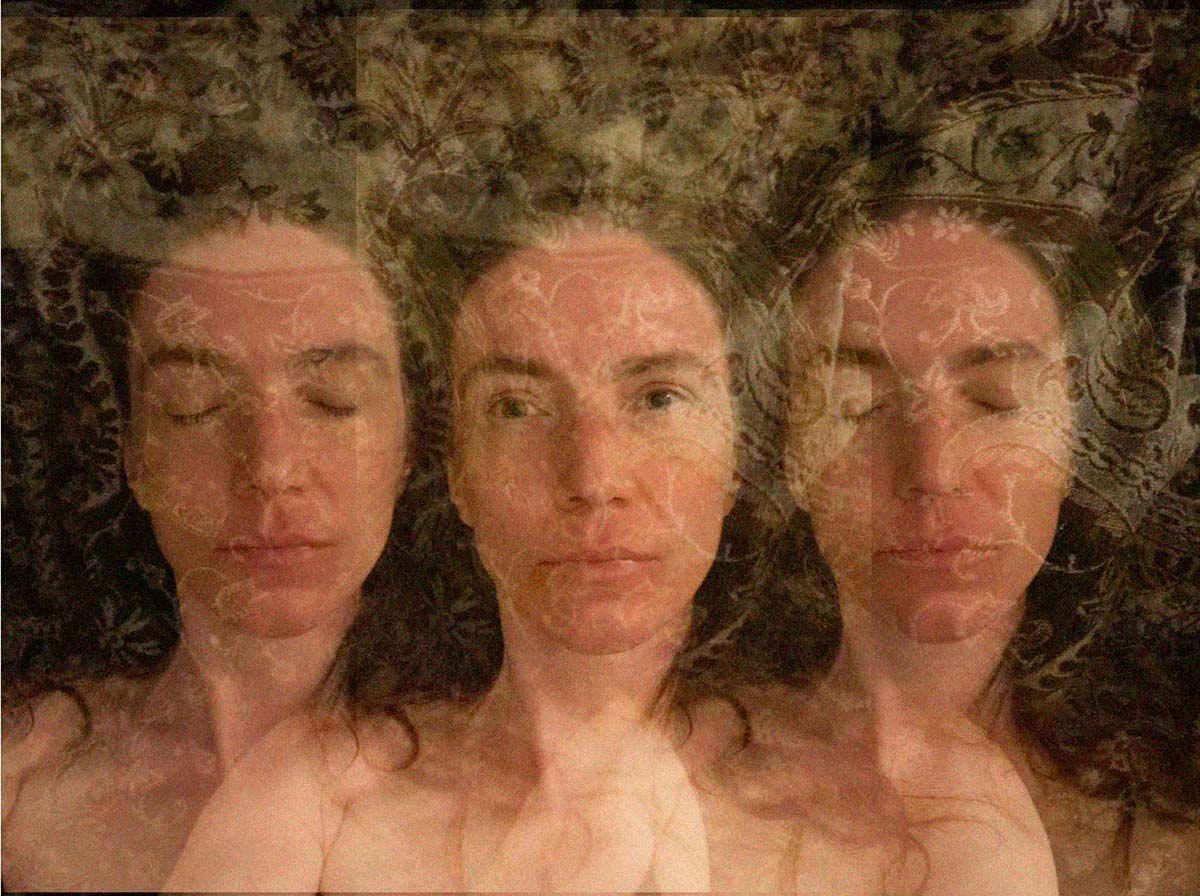
Pain, vertigo and sensory processing issues are all ramping up today. My gut is waging war. I tried to find something to photograph while on a short drive with Mum, but had to down the phone to focus on simply existing.
Determined not to break the photo-a-day steak I resorted to selfies in bed.
Something about the passage of time with chronic illness. Day, night, day, night, summer, winter, year on year on year.
I want to redo this image in a way that makes me look less bald, but I’ve reached capacity of energy expenditure and need to cocoon. The incompleteness and dissatisfaction I guess can be part of the representation.

From being discharged as an inpatient at one hospital, to an outpatient appointment at another. A grounding appointment with the GP followed by a clinic visit full of validation. My body hurts, but my heart feels heard and I do believe that I am believed; an eating disorder is not the cause of my low BMI.
A throwback picture from a previous hospital trip. This spooky fellow made me smile. 20 years ago, I was beginning research for my dissertation on the subject of the uncanny, a theme that has both haunted and healed me.
My old diabetes consultant once talked to me about the psychology of medical devices as a constant reminder of dependence and death. Freud wrote of the doppelgänger as an ‘uncanny harbinger of death’. My insulin pump; my mirror-pancreas in my pocket. An organ double. The memento mori that my life depends upon.
A few months back, our friendly apparition in the hospital window had brought an instant lightness to a very heavy day. Sometimes when shit gets real, you just need to look it square in the eyes, and laugh at it.
I think there is a gap in the market for therapy phantoms.
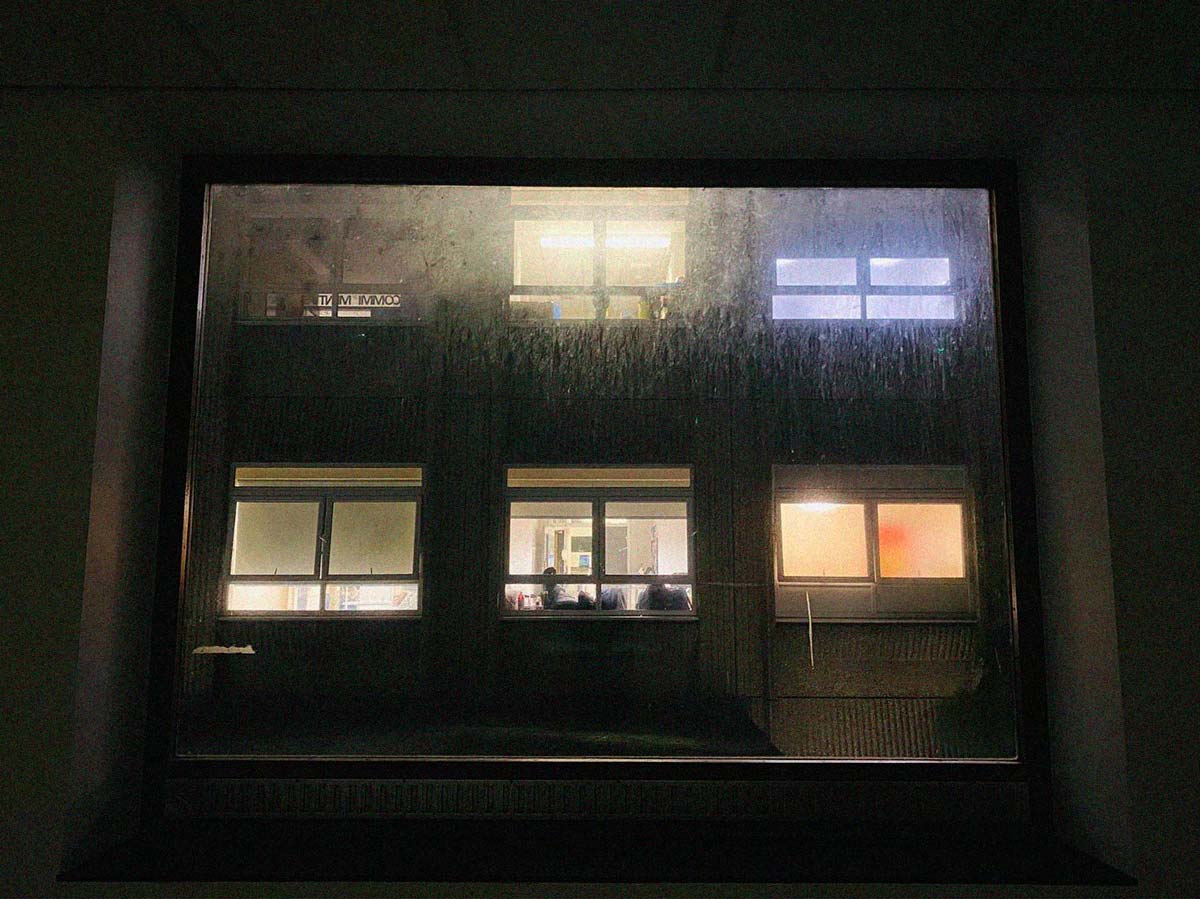
Time is passing. My body is presenting me with creative challenges that I naively never imagined to exist. I suspect that many people find themselves in a similar boat, with all of the chaos that this new novel virus has left in its wake.
For me, this has led to extended hospital stays. This latest one is very testing, and nearly five weeks in which not much progress has been made. I’ve downed all the tools and hibernated, but today decided to start uploading some of my phone photographs from various hospital meanders.
This one was a couple of months back, in a different hospital where they turn the lights off in the corridors at night, allowing for some shadows and shapes and gentle glows to come alive against accidental frames in the stillness. More tomorrow.
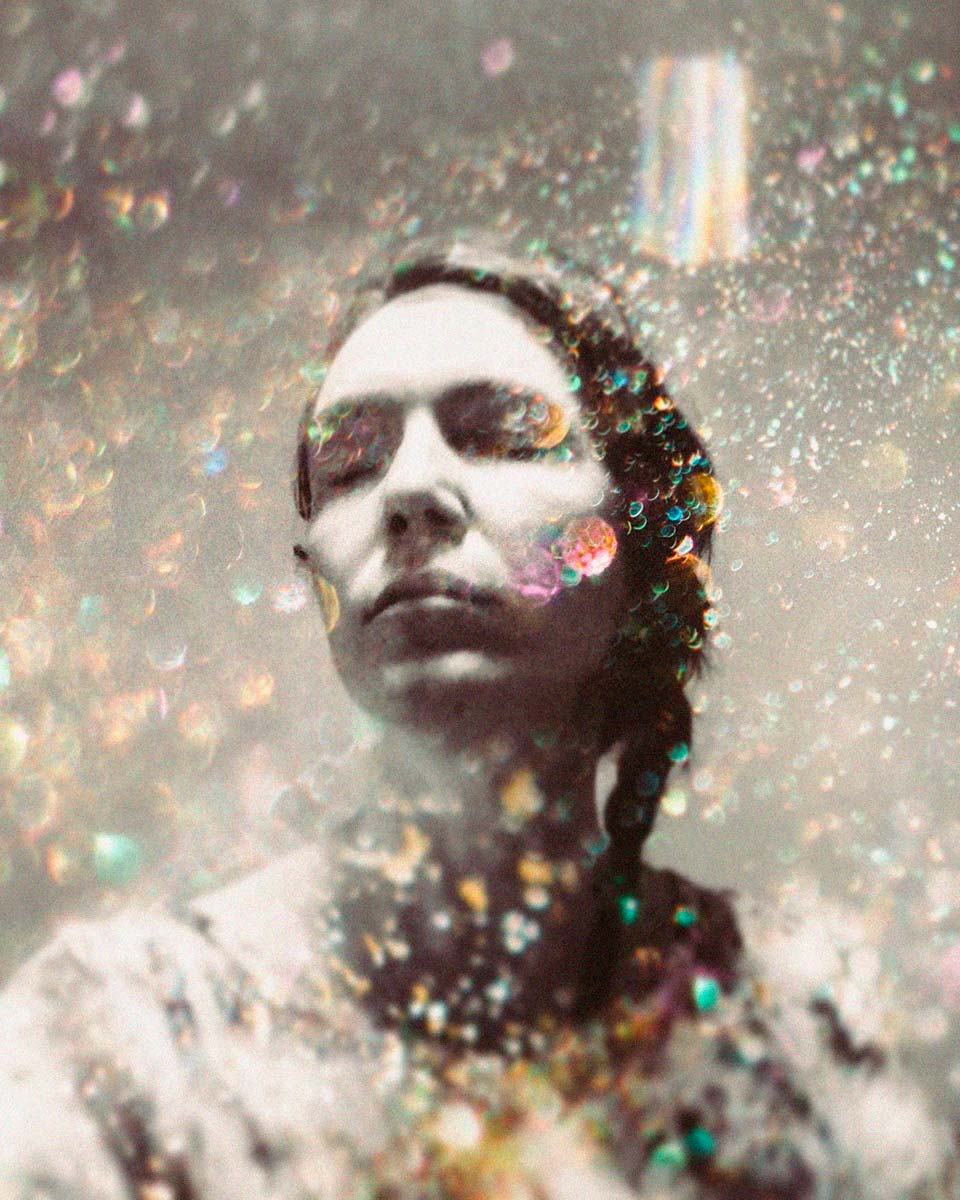
Been in hospital for what feels like forever. Have not been photo-taking for pleasure, because I don’t have the spoons (or the proper cameras). Today I did a phone selfie.
For the first time in months it is a self-indulgent, ‘posing and messing around with filters’ type of selfie, instead of a selfie documenting yet another horrible rash.
I’m usually a photo snob who loves to hate sepia and would turn my nose up at mixing colour with mono, but arghh I’m so over it. Muck about with phone selfies and sparkles, and do what makes you happy. The end 🙂

A night drive in search of aurora, playing a game of ‘is that the northern lights, or is it light pollution?’ with Mum. After settling firmly on the latter, I have nothing to offer photographically other than these chaotic blurred country lanes.
I call this sequence ‘trauma therapy’, in honour of the similarly frantic and confusing commencement of such, this morning, long before my brain had reached capacity for insightful introspection. Having said that, I’m glad I went.
In the same way that I retrospectively collated these furious night-drive images into some sort of disturbing story-time slide show; many hours after my long awaited session with the health psychologist, I’m collecting the snapshots of morning therapy, and arranging them into something vaguely meaningful (with an unsettling soundtrack, of course).

Inviting textures and colour on a rusty old skip. Weathered, but in many ways more beautiful for it. I *could* make this a metaphor for all of my chronic illness friends. 3 years ago, i would have jumped on that train quicker than u can knock another crack in a kintsugi container. But.
The traumatised are not *more* beautiful because of their trauma. My fellow spoonies would have been just as glorious without all of the gaslighting, neglect, abuse and pain. I feel we’ve lost something in the translation of what kintsugi is all about. We’ve westernised it, appropriated it and turned it in to a cliche that minimises the most painful, ongoing experiences and packages them in neat, pretty little pots that make it easier to a) ignore the raging cracks in the system, and to b) look at the sick without feeling guilt.
I think that kintsugi is more about being *unashamed* of the object’s history. So: Show those scars, but not to make yourself more visually acceptable to the public. Show them to make people uncomfortable. We are not pretty ornaments to be held up to the children, to prime them to expect oppression because “it’ll make you stronger”. Our gold-filled scars are lightning-bolt warnings!
Take a lump of clay, and start to sculpt a safer future. Stand with the strikers. Vote. Shout. Riot. Don’t tell me I’m more beautiful because of my pain. I’m painting it red+green+gold not for sympathy, or admiration, but for hopes of systemic change for all.
